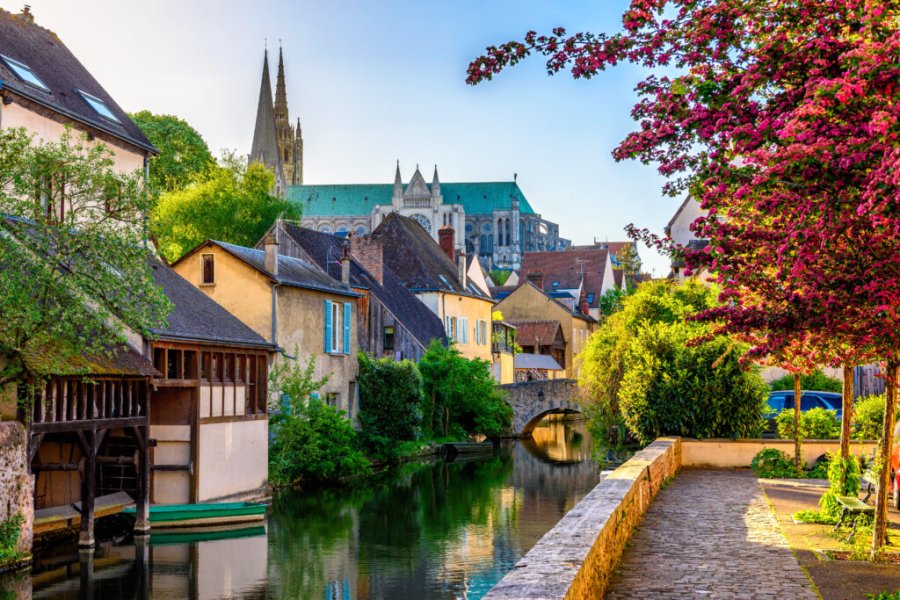Travel Guide Murlé
Find an accommodation
Advertising
Just over 6 km north of Turmi, on the Dimeka road, a track turns left and leads to Murlé after 52 km, which is impassable in the rainy season. In the dry season, this route takes 3-4 hours. The wildlife on offer is undoubtedly denser than in the national park itself. Along the way, you pass numerous Karo and Muguji villages.Karo and Muguji territory. Although culturally and linguistically very close, the Karo and Muguji live in separate districts. Once nomadic pastoralists, the Karo settled when disease decimated their livestock. Grouped around the village of Douss, near the Omo River, they cultivate cereals, cotton and sugar cane, supplementing their diet with hunting and fishing. Their great ritual festivals, marking the end of the harvest, are accompanied by spectacular dances that resemble love parades. On these occasions, the Karo exhibit highly accomplished body paintings, proof of an art in which they excel. Their social customs are similar to those of the Hamer and, as with the Hamer, the elders have long regulated births according to the resources needed for the group's survival. Today, with an estimated population of around 1,500, the Karo's survival is under serious threat.Visit to a Karo village: car 450 birrs, guide 100 birrs per group, dance show negotiable at around 300 birrs for the group.
What to visit Murlé?
Advertising
Suggested addresses Murlé
Weather at the moment
Advertising
Organize your trip with our partners Murlé
Transportation
Book your plane tickets
Car Rental
Boat rental
Accommodation & stays
Find a hotel
Holiday rental
Find your campsite
Tailor-made trip
Immersion travel
Services / On site
Activities & visits
Find a doctor




